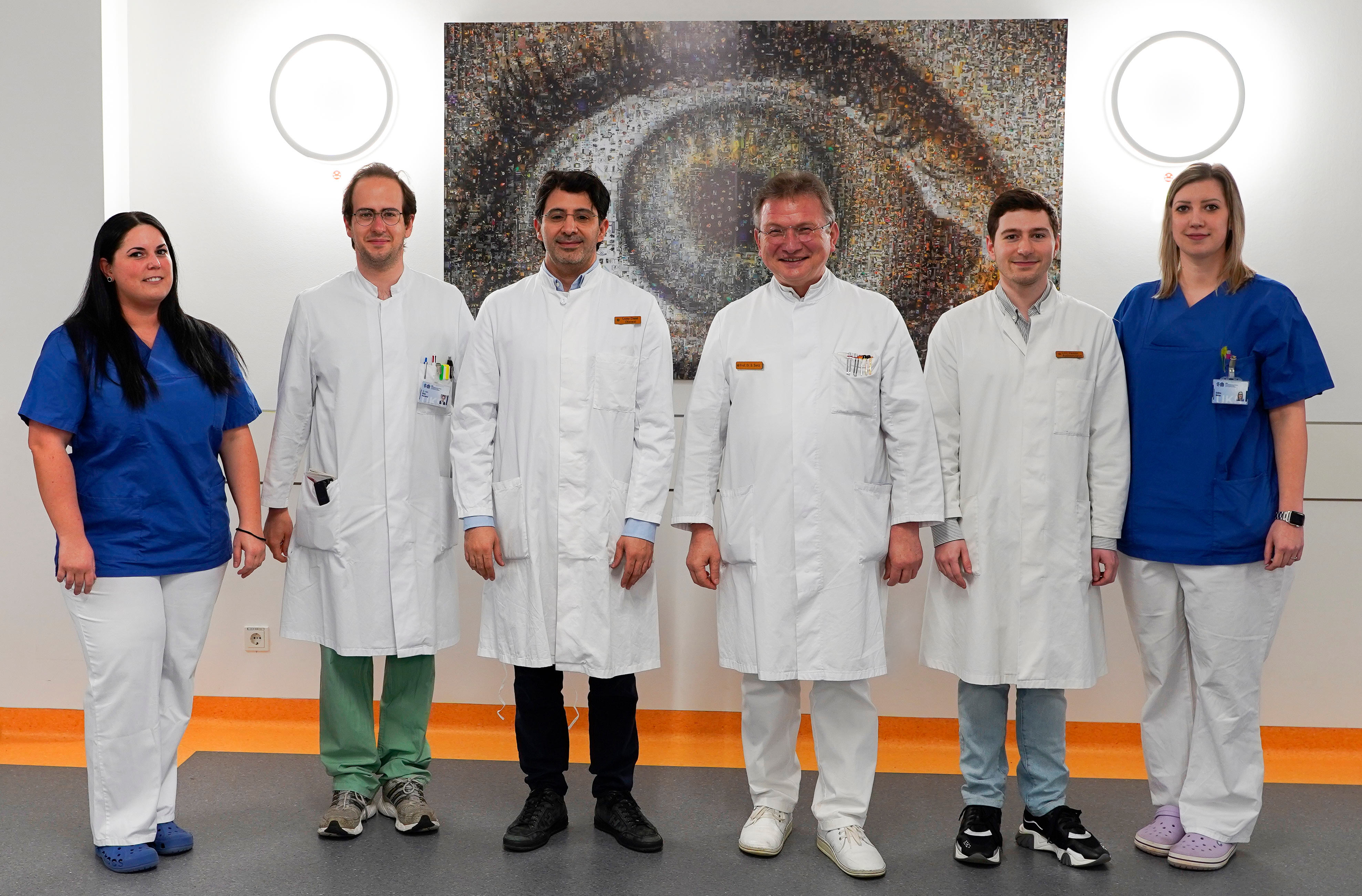Appointment
by email at augenklinik-aoz@uks.eu
Telephone: 06841 16-13333 from Sr. Karen
Office hours: Monday and Friday in the AOZ
Learn more about the surgery
The surgical methods used by eye microsurgeons are very different. A distinction is made between cold light laser surgery (excimer laser), the smallest incision technique in the clear cornea or the use of implants that can remedy farsightedness or nearsightedness.
Together with our patients, we choose the most sensible surgical method with the aim of enabling a life without glasses. Such a life without glasses always costs the same for us. We do not advertise offers, we advertise quality with a good price-performance ratio.
Advantage: We have one of the most modern laser systems in the world, namely the iLasik Suite from AMO and the Schwind Amaris 750 excimer laser.
Who is excimer laser treatment suitable for?
The most common reason for treatment is usually the desire to be more independent from contact lenses or glasses. Laser treatment can be useful for aesthetic or professional reasons and if the optical aids are incompatible. In most cases, glasses can then be dispensed with entirely. He is by corneal surgery usually corrections of astigmatism up to 5 Dipotrien, farsightedness to plus 3 diopter and myopia to minus 8 diopters. A refractive procedure cannot correct a weak vision (amblyopia).

Further options for lens surgery
If a corneal surgical procedure (LASIK) is not suitable, there are a variety of other options:
-
Phakic-IOL
This artificial lens is implanted in the eye in addition to its own natural lens, it is suitable for very high myopia of - 18 dioptres. The phakic artificial lenses are particularly suitable for people between the ages of 18 and 45. A clear lens and sufficient anterior chamber depth are required. -
Replacing
your own lens with an artificial depth of field lens This procedure is suitable for people with existing cataracts or a lens that is still clear, but which is already presbyopic, i.e. presbyopic.

